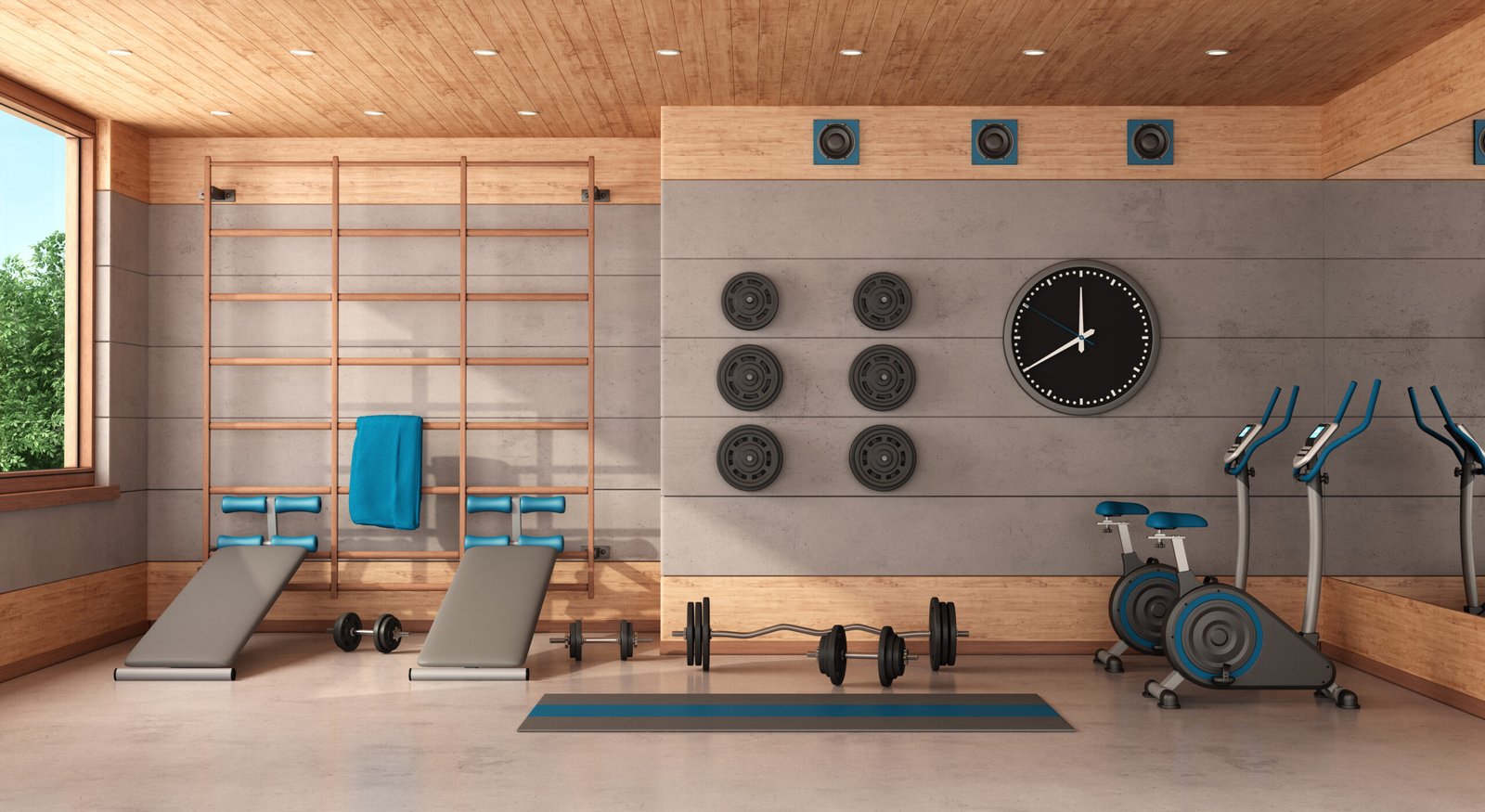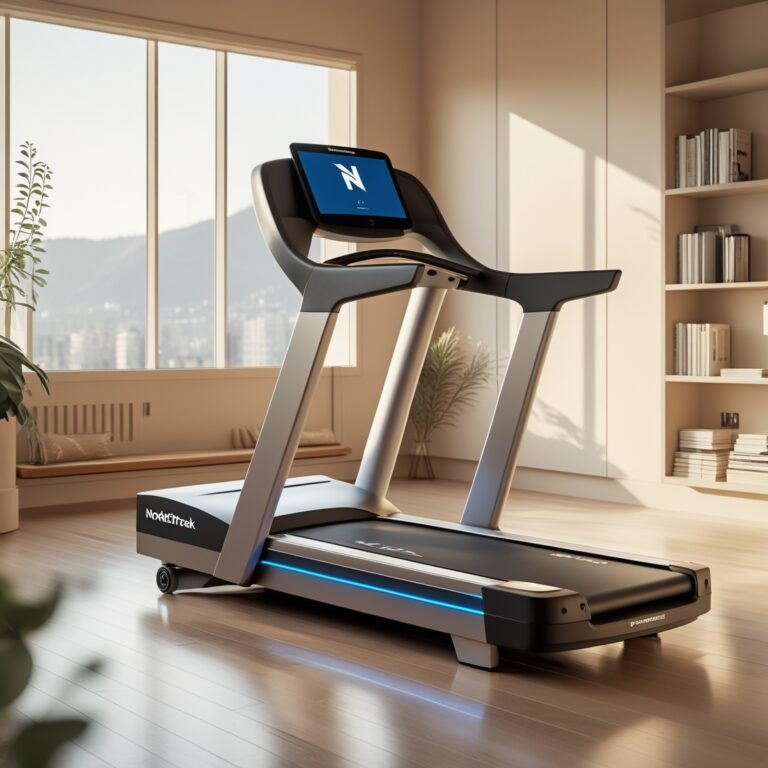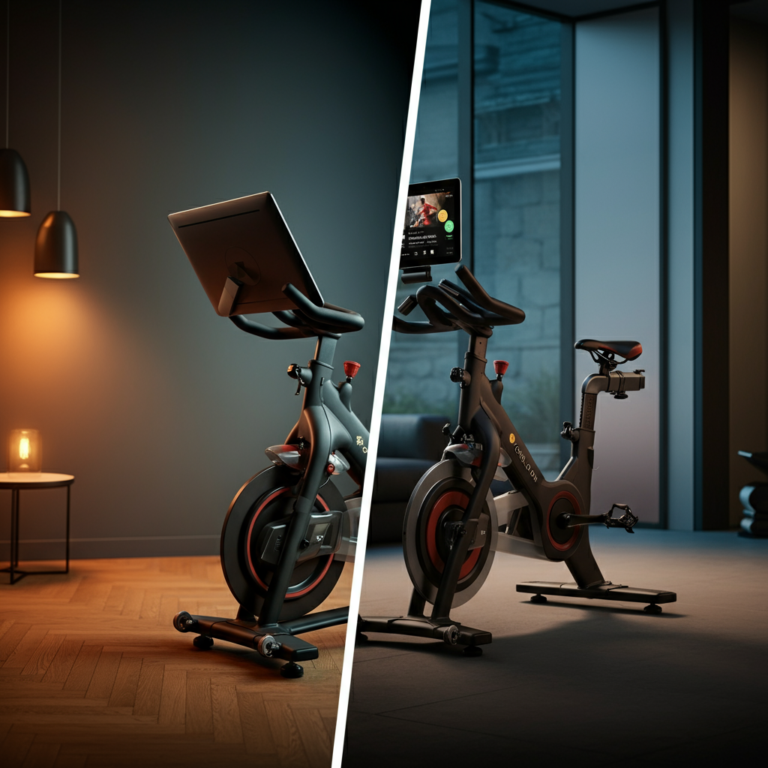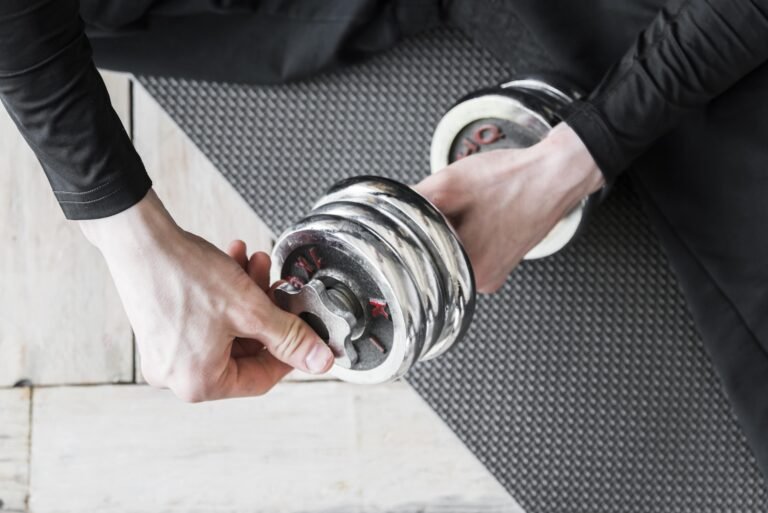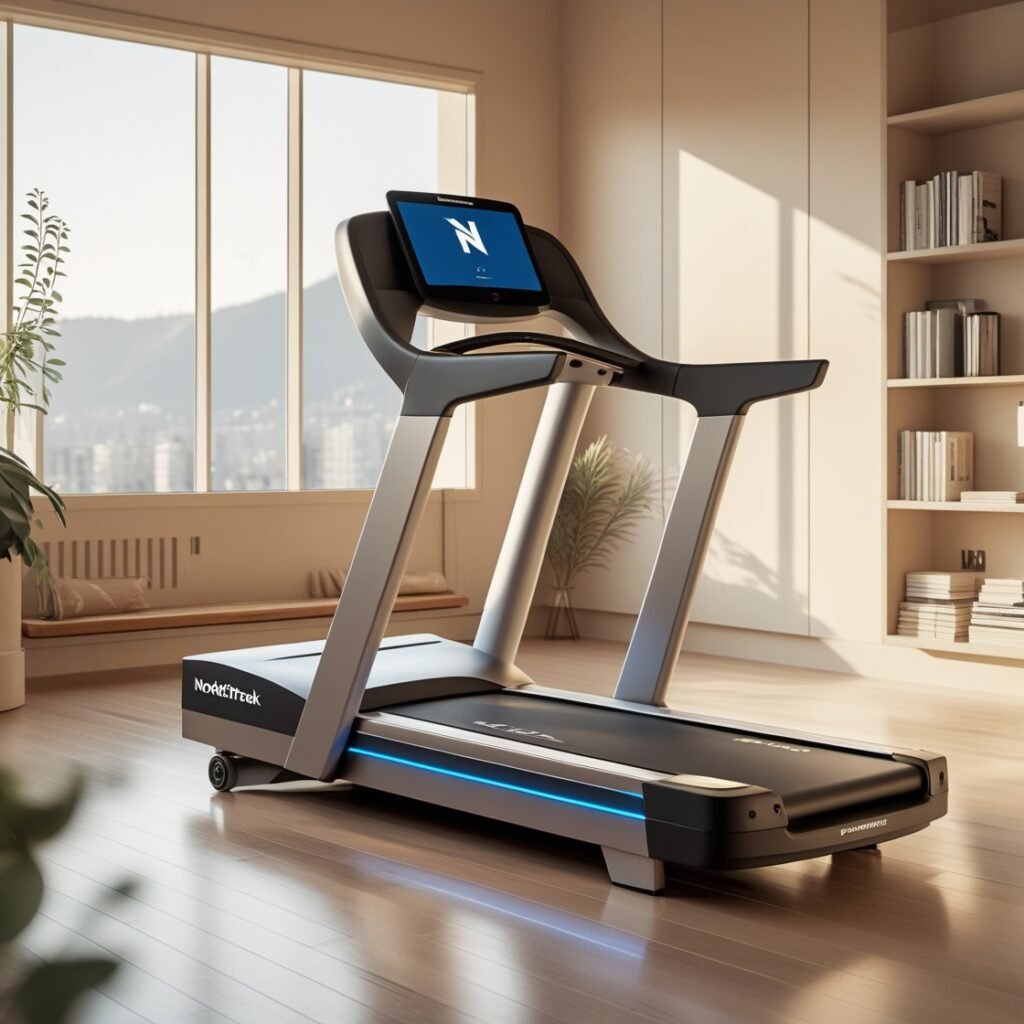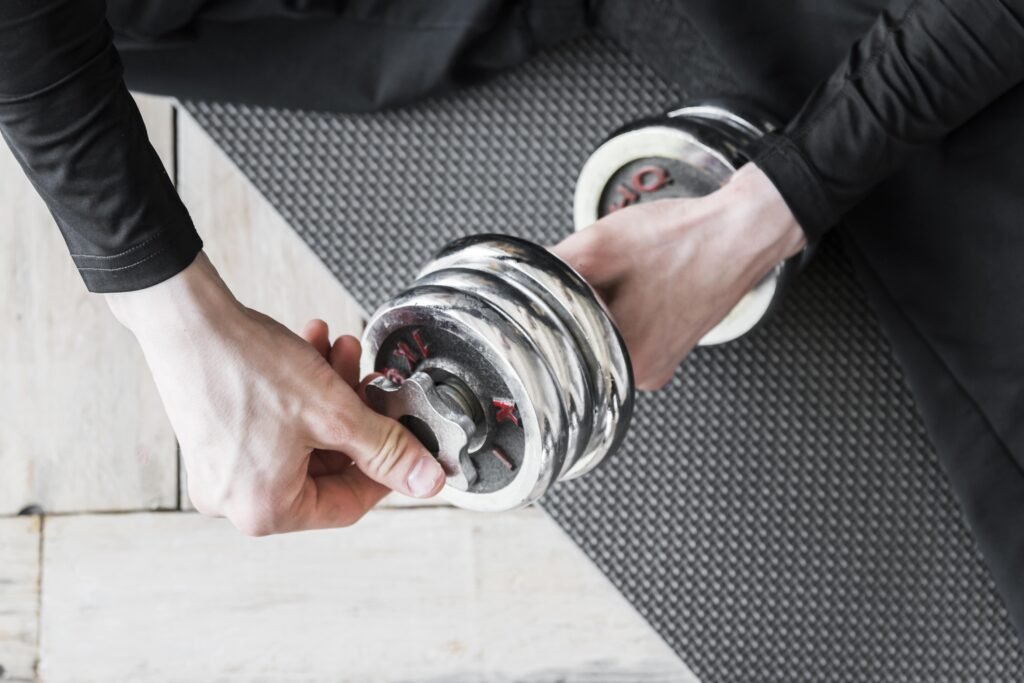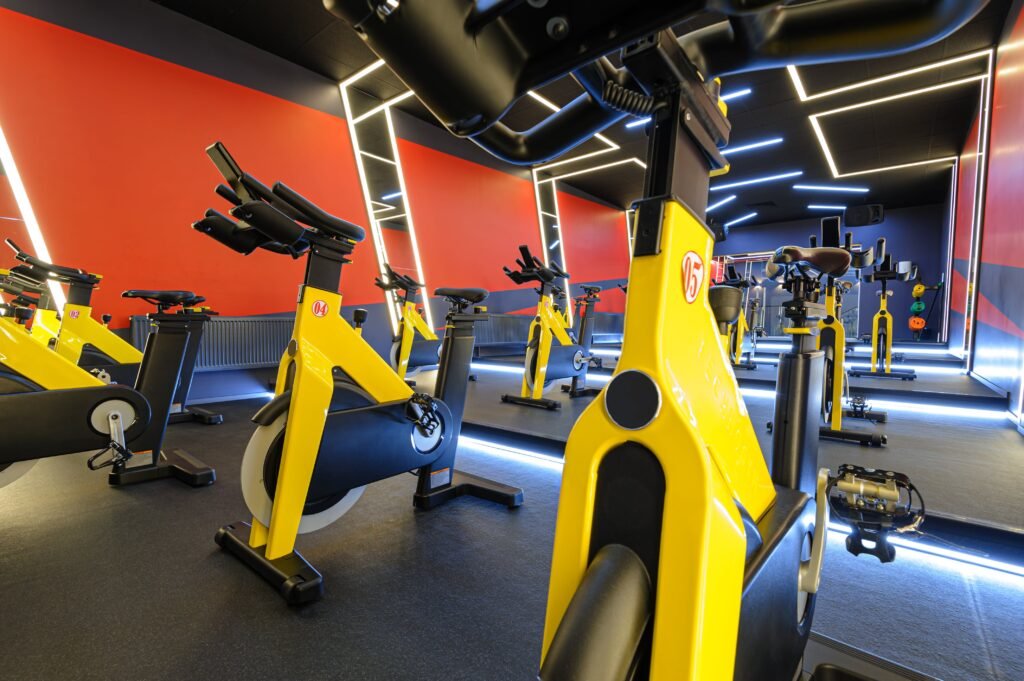Introduction
Building a home gym is more than just a convenience—it’s a lifestyle upgrade. Imagine no more waiting for machines, no monthly gym fees, and the freedom to exercise whenever you want. Whether you’re a fitness newbie or a seasoned athlete, a home gym can be tailored to meet your personal needs.
But where do you start? With countless equipment options and space considerations, planning can feel overwhelming. This guide will help you build a home gym step-by-step, covering everything from selecting the right equipment to maximizing your workout space.
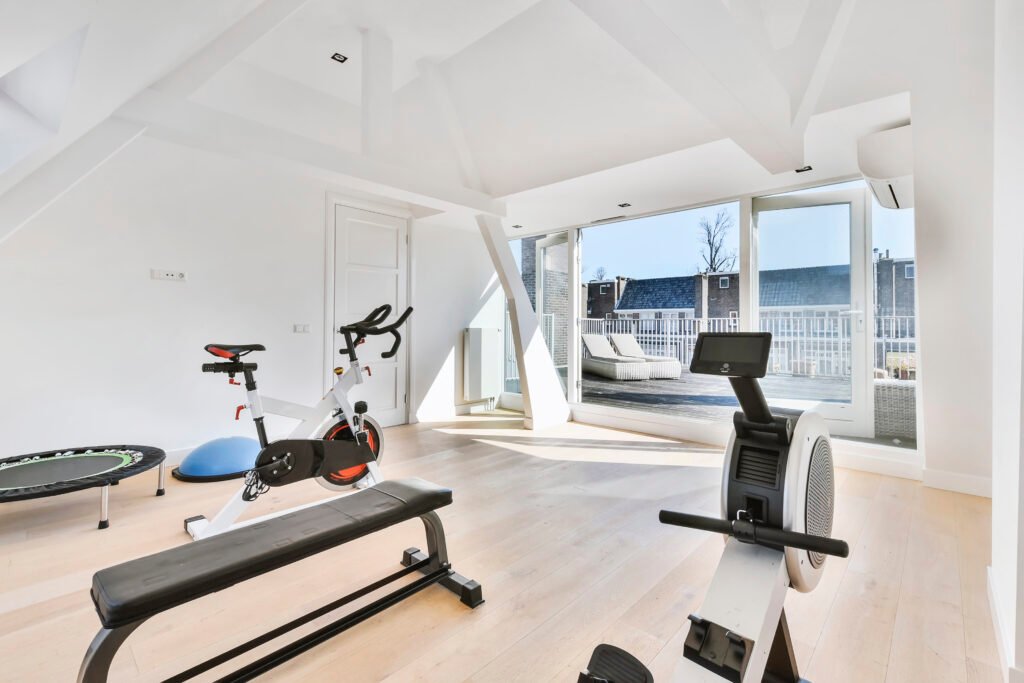
Creating a home gym offers numerous benefits:
1. Convenience
Working out at home means you can exercise on your schedule. No more commuting or waiting for machines during peak hours.
2. Cost Savings
While the upfront cost may seem high, building a home gym is a long-term investment. You’ll save money on gym memberships, transportation, and even workout clothes since you’re exercising at home.
3. Privacy
Some people feel self-conscious working out in public gyms. A home gym provides a private, judgment-free space where you can focus on your fitness journey.
4. Customization
Unlike commercial gyms, where equipment selection is out of your control, a home gym allows you to choose gear that aligns with your goals, whether it’s strength training, cardio, or functional fitness.

Step 1: Assess Your Space and Budget
Before purchasing equipment, it’s essential to evaluate the space available and set a budget.
A) Space Considerations
Small Spaces
If you live in an apartment or have limited space, opt for compact and foldable equipment:
- Adjustable Dumbbells: Replace multiple pairs of dumbbells with one compact set.
- Resistance Bands: Lightweight, versatile, and easy to store.
- Foldable Treadmill: Can be tucked away under a bed or in a closet.
Medium Spaces
For those with a spare room or garage, you can incorporate:
- Weight Bench: Essential for strength training.
- Stationary Bike: Provides a low-impact cardio option.
- Power Tower: Great for bodyweight exercises like pull-ups, dips, and leg raises.
Large Spaces
If you have a basement or dedicated workout room, the possibilities are endless:
- Squat Rack with Barbell: For heavy lifting.
- Cable Machine: Offers a variety of resistance exercises.
- Treadmill or Elliptical: Ideal for high-intensity cardio.
B) Budget Considerations
- Under $500: Focus on the basics like resistance bands, a yoga mat, and a pair of adjustable dumbbells.
- $500 to $1,500: Add mid-range equipment such as a stationary bike, weight bench, or compact power rack.
- Over $1,500: Invest in high-quality machines and a comprehensive range of weights and accessories.
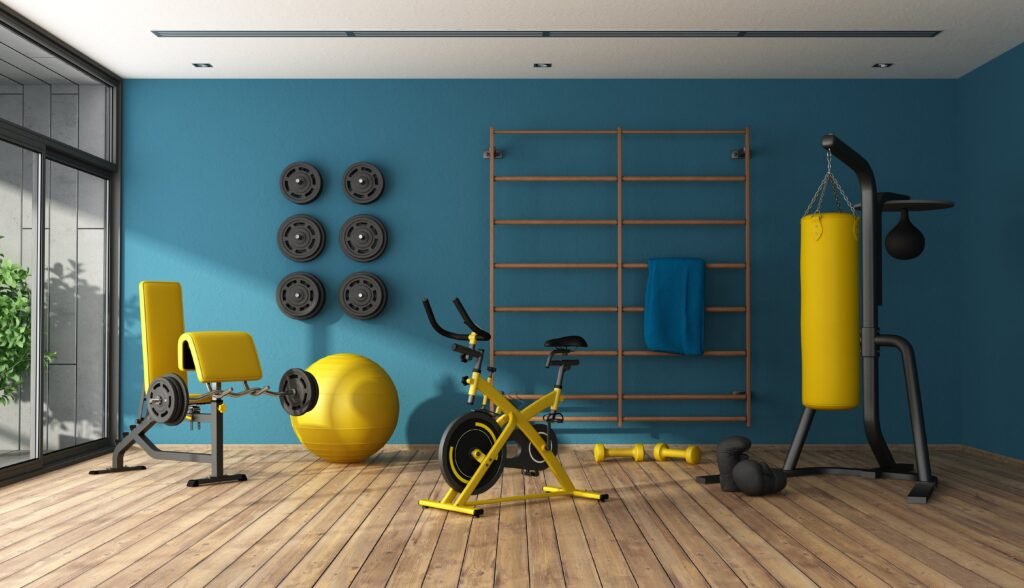
Step 2: Essential Equipment for a Home Gym
Choosing the right equipment is key to creating a versatile and effective workout space. Here’s what you should consider:
1. Cardio Equipment
Cardio is an essential part of any fitness routine. Depending on your space and budget, consider:
- Treadmill: Perfect for running or walking indoors. Modern treadmills often come with foldable designs and built-in workout programs.
- Stationary Bike: Ideal for low-impact cardio, especially for those with joint issues.
- Rowing Machine: Provides a full-body workout, engaging both upper and lower body muscles.
2. Strength Training Equipment
Strength training is crucial for building muscle, improving bone density, and boosting metabolism.
- Adjustable Dumbbells: Offer a wide range of weights in one compact set.
- Barbell and Weight Plates: Essential for compound lifts like squats, deadlifts, and bench presses.
- Kettlebells: Great for dynamic strength exercises that improve both power and endurance.
3. Functional Training Equipment
Functional training focuses on movements that improve everyday activities.
- Resistance Bands: Perfect for strength training, flexibility, and rehabilitation exercises.
- Pull-Up Bar: Helps build upper body strength and can be easily mounted on a door frame.
- Medicine Ball: Useful for core workouts and functional training routines.
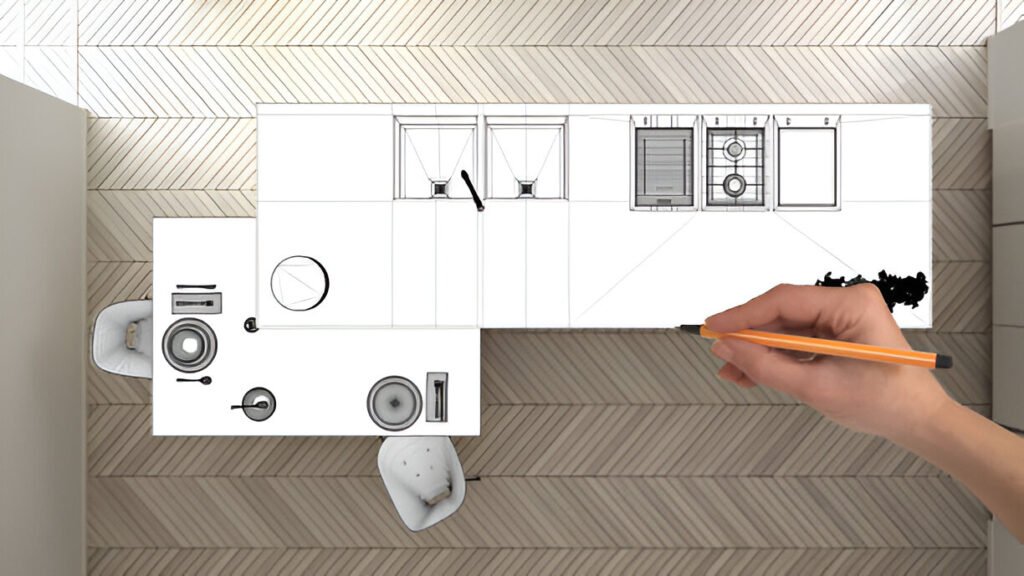
Step 3: Designing Your Home Gym Layout
A well-organized gym layout enhances both functionality and aesthetics.
1. Flooring
Invest in rubber mats or foam tiles to protect your floors, reduce noise, and provide a non-slip surface for exercises.
2. Mirrors
Installing mirrors helps you monitor your form during workouts and creates the illusion of a larger space.
3. Storage Solutions
Use wall-mounted racks, shelves, or storage bins to keep your equipment organized and easily accessible.
4. Lighting and Ventilation
Ensure your gym is well-lit and well-ventilated to create a motivating and comfortable workout environment.
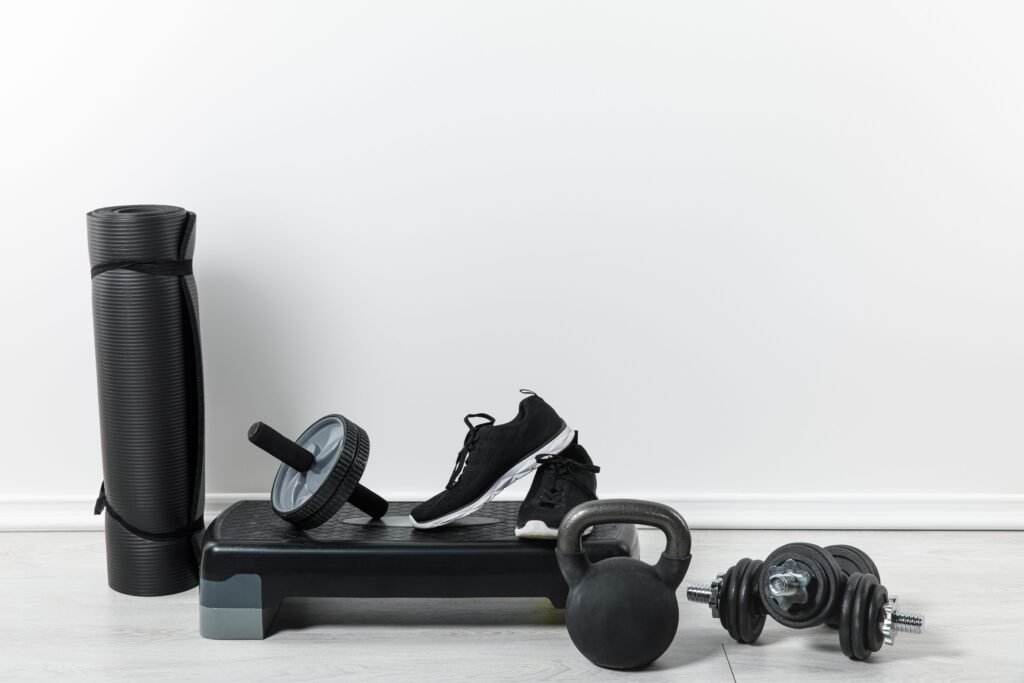
Step 4: Tips for Maximizing Your Home Gym Experience
- Set a Routine: Establish a consistent workout schedule to maintain discipline.
- Mix Up Your Workouts: Incorporate different training styles such as HIIT, yoga, and strength training to keep things interesting.
- Track Your Progress: Use a fitness app or journal to monitor your workouts, track improvements, and stay motivated.
- Create a Motivating Environment: Add motivational posters, a speaker for music, or even a small TV to enhance your workout experience.
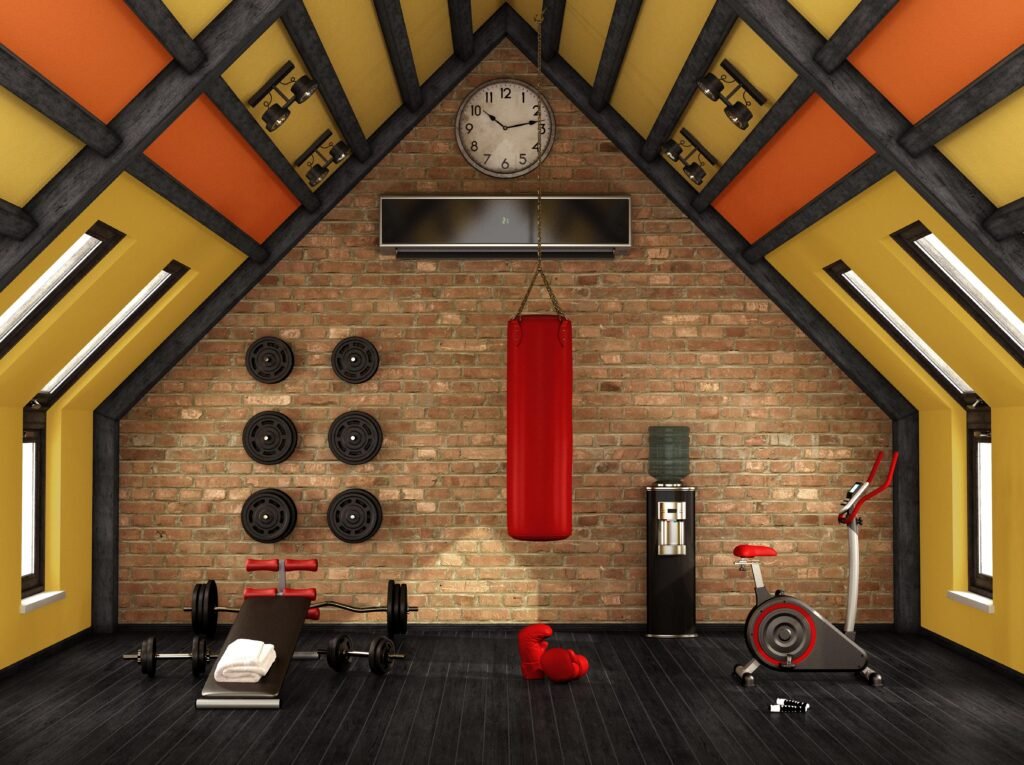
Conclusion
Building a home gym is a rewarding investment that offers convenience, flexibility, and long-term cost savings. By carefully planning your space, budget, and equipment, you can create a gym tailored to your fitness goals.
Start with the essentials, stay consistent with your workouts, and enjoy the freedom of exercising on your terms. Your perfect home gym is just a few steps away—start building today and take control of your fitness journey.
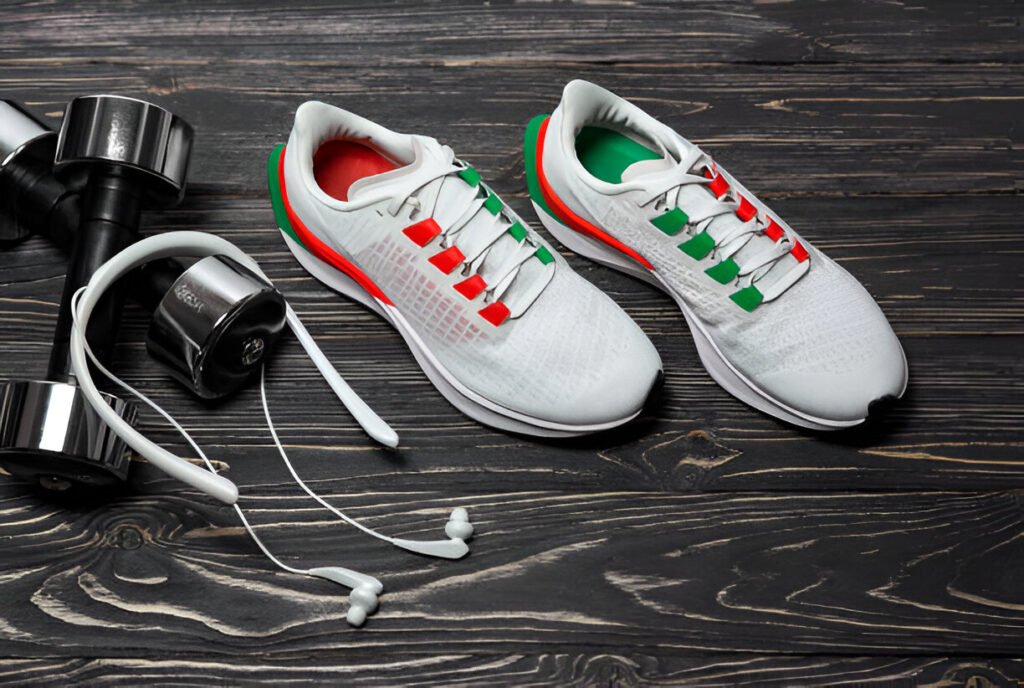
FAQ Section
Q1: How much space do I need for a home gym?
You can create a functional home gym in as little as 50 square feet, though larger spaces offer more flexibility.
Q2: What is the best equipment for beginners?
Beginners should start with resistance bands, a yoga mat, and adjustable dumbbells for versatility and affordability.
Q3: Can I build a home gym on a budget?
Yes! Begin with essential equipment and gradually add more as your budget allows.
Q4: What type of flooring is best for a home gym?
Rubber mats or foam tiles are ideal for protecting floors, reducing noise, and providing a non-slip surface.Q5: How can I make a small home gym feel larger?
Use mirrors, efficient storage solutions, and bright lighting to create the illusion of more space.

